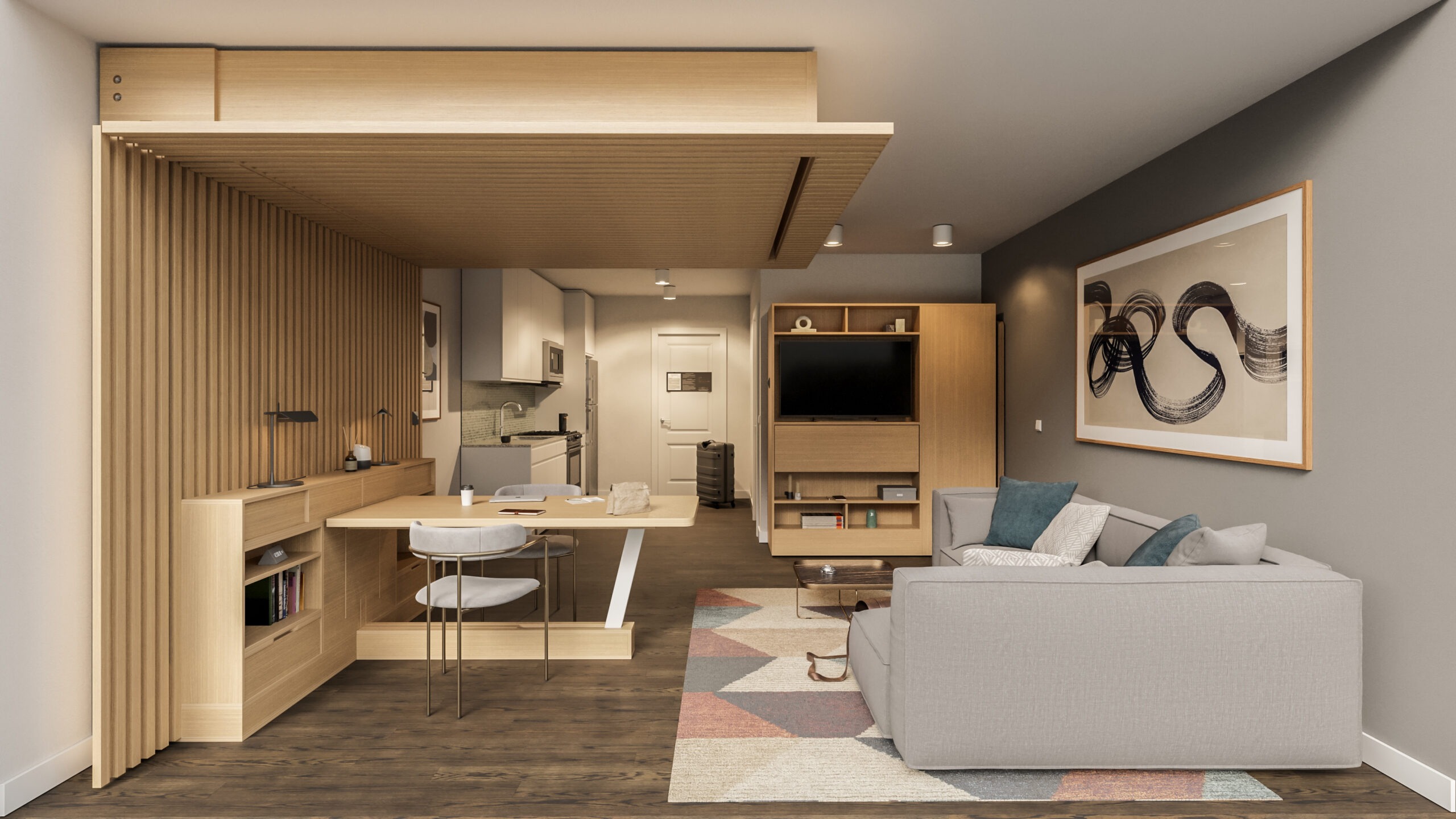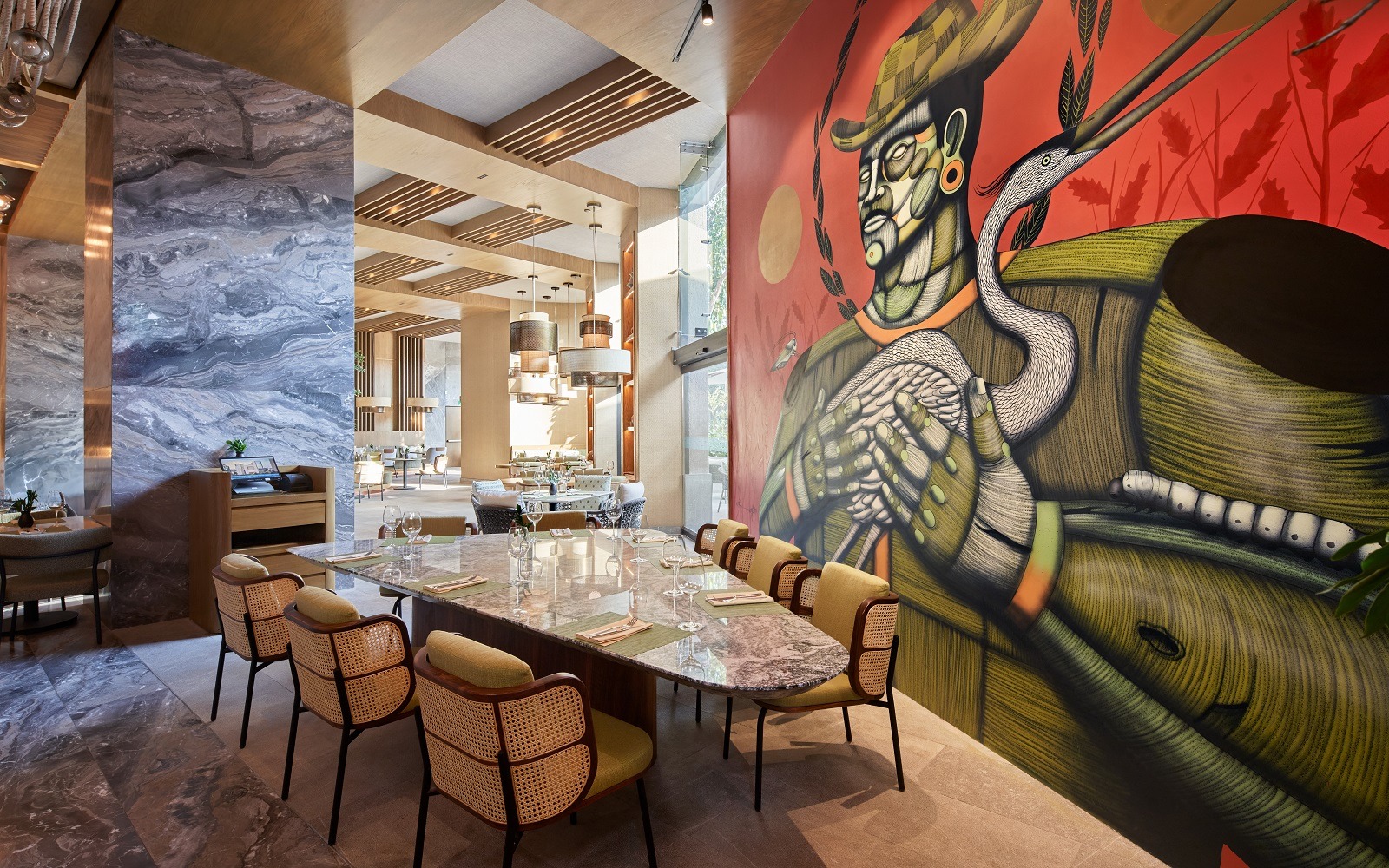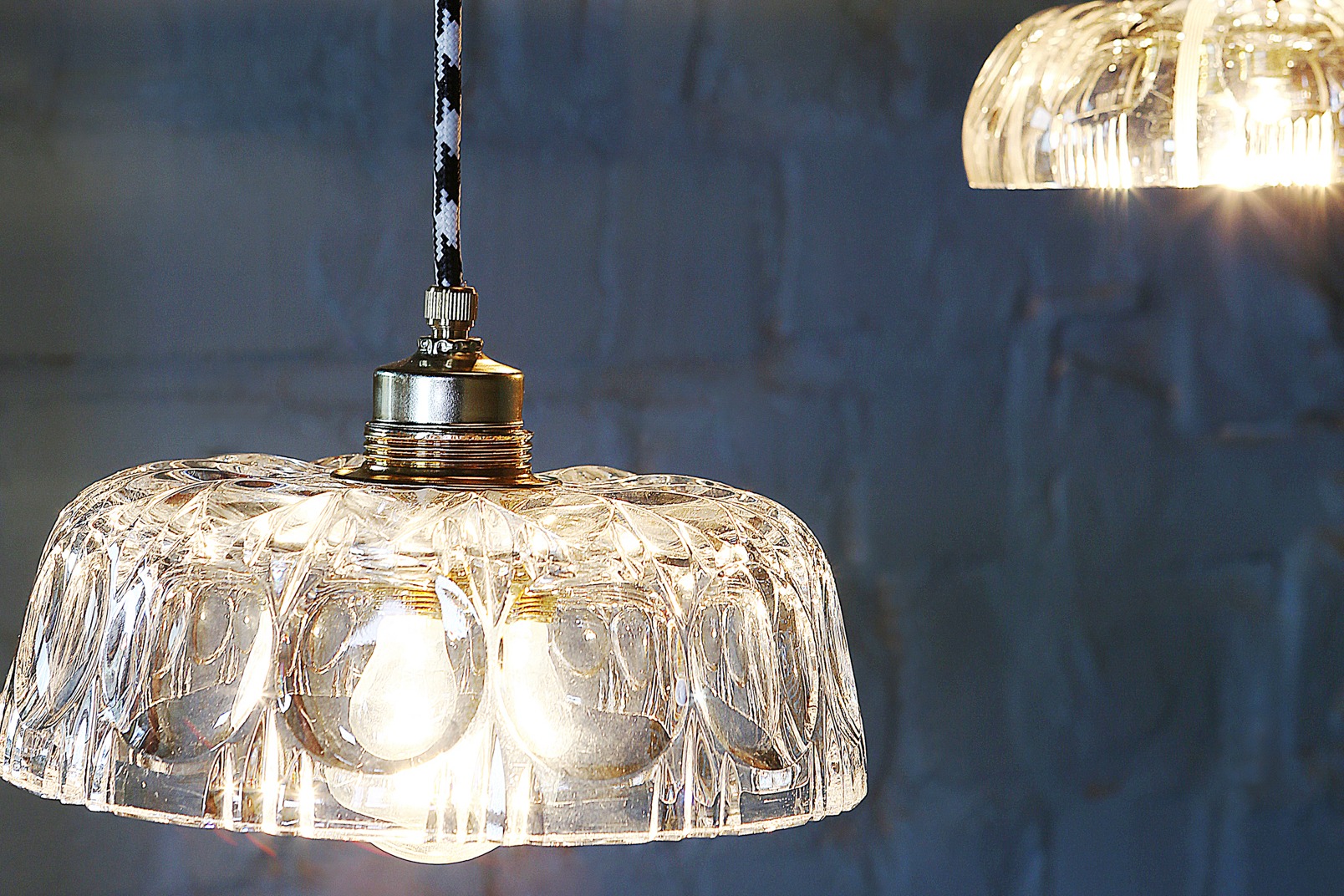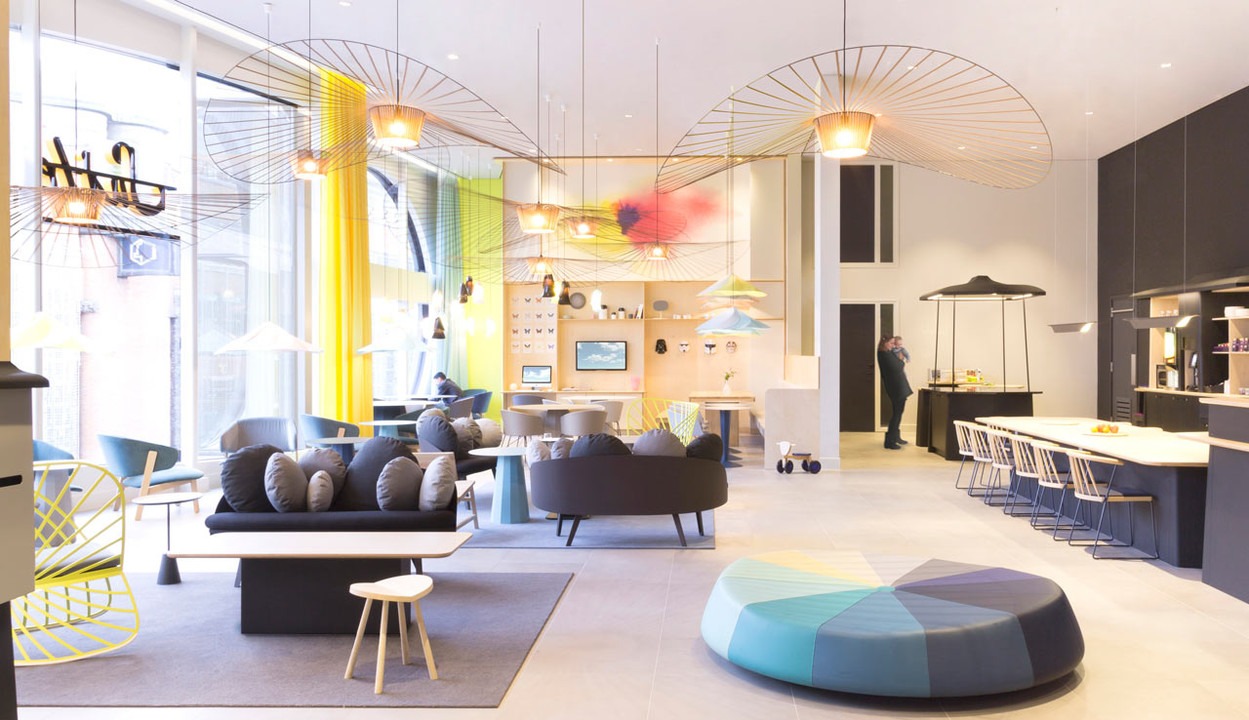As host of Travel By Design, a Marriott Bonvoy Traveler Podcast, Hamish Kilburn visited Marriott International headquarters in Bethesda, USA. During his visit, as well as his stay in a Suite with a disappearing bed, he met a handful of visionaries who design hotel rooms and new generation concepts…
“Everything you will see behind these doors is “top secret”.”These are the words that every journalist and publisher aspires to. I was in Washington – in a place called Bethesda – on the “Mission” to discover something new – something unknown – for the listeners of Travel By Design, the Travel and Design Podcast I host For Marriott Bonvoy Traveler. Jeff Voris, Senior vice President of Marriott International, greeted me at the door of my hotel with a smile on my face. That’s when I realized that this would not be a Standard hotel review.

Let me set the scene. A month ago, while I was planning the episodes of the current series of the podcast, my producer told me, to my utter disbelief, that Marriott International had essentially given me the keys to their headquarters for the day – and it was my job to explore what hidden gems lurked between the corridors of the design laboratories of the company, and to my utter disbelief, Marriott,
So I packed my bags and, before I realized it, I checked into room 401, the prototype Hotel suite of the group that operates in their flagship Marriott Bethesda Downtown hotel at Marriott headquarters. Voris gave me a guided tour inside, but said nothing when he captured my first impressions. The room was minimalist, modern but expensive, but something was not found. Bed. His smile widened as he felt confusion. He pressed a button on a control panel next to the sofa. And then it happened. The bed came down from the ceiling to sit on the sofa – and the back of the sofa became part of the headboard.
For some, this concept could be a technological leap too far. However, in an industry where centimeters are important, the idea of a disappearing bed becomes a space-saving solution. While this may not be the cure for all brands, I can definitely see the appeal for many lifestyle hotels looking to settle down and offer something different. “It was inspired by the glimpses of the guests,” Voris said. “The way you experience a room is not necessarily a square footage, but a circulation area.”
What resonated at that moment was Marriott’s non-prescriptive research approach. In addition to looking at the data and the science, the design team was just as interested in hearing real human feedback. Room 401 is a constantly evolving space, a real Suite where Voris and his team can test new bold ideas and, in return, obtain research of real and trustworthy quality.

My avant-garde experience in the hotel design industry was just beginning. The next day, I met Jason Robertson, vice president of global design innovation at Marriott, at the group’s “Maker’s Space”-think Willy Wonka’s chocolate factory. In the secret design laboratory, I was told that the team could set up a test room in a single afternoon.
The first Version of a space concept consists of a white foam core filled with real furniture. I am immediately impressed by how, despite technological progress, this very analog approach is still being adopted in this way and is an essential part of the innovation process. “There are a lot of things you can do digitally that feel very different when you enter the body space,” Robertson explained. “Here you can put on a helmet that shows you what the final space would look like while you are standing in this unfinished space to feel like you are in space. The ability to sit and stand in this space is crucial. We all have a sense called proprioception, which basically tells us if a space feels claustrophobic or expansive. It is important to determine this from the very beginning, because the measurements between the spaces are really important in our store.”
After understanding how drawings became body concepts, it was time to see the result of extensive research and development. Back at the hotel, the elevator doors closed and we went to the 57th floor, another secret area of the hotel that is closed to guests who check in. 13 prototype hotel rooms are protected behind two discreet double doors that, for many, would only look like doors leading to rear areas. At the time of my visit, and where I met even more designers who are the brains behind these prototype spaces that are about to be released.

But I’ve already said too much… to understand what distinguishes these rooms and suites from others in the industry – to explore the details of the design – and to listen to the Interviews between their creators, listen to Travel By Design.
The full 12-minute episode, featuring interviews with Jeff Voris, senior vice president of global design strategies at Marriott; Jason Robertson, vice president of global design innovation at Marriott; Aliya Khan, vice president of global design strategies at Marriott and managing editor Hamish Kilburn, can be heard on Travel By Design wherever you get your Podcasts.




